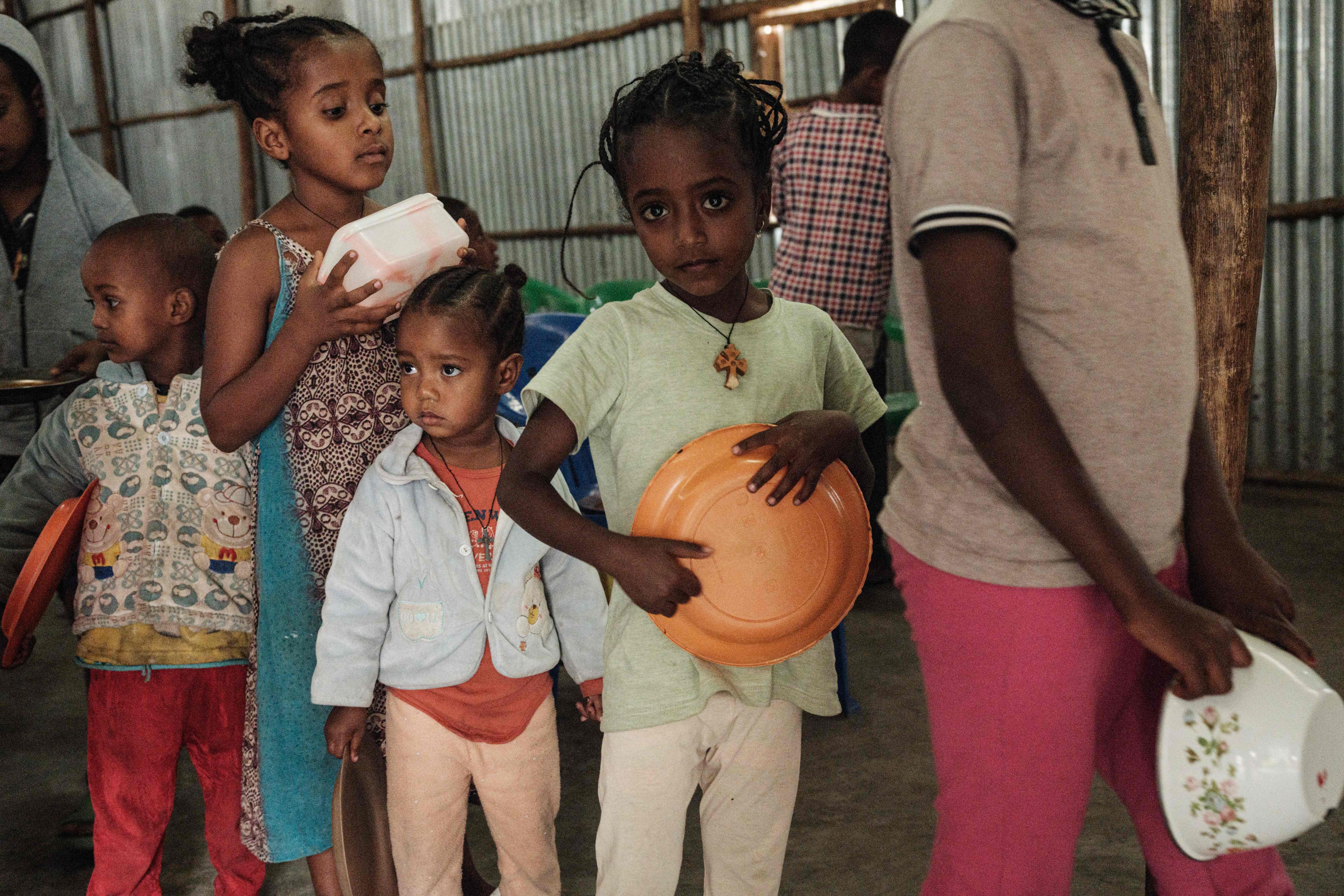Over 100,000 children in Ethiopia’s Tigray could die of hunger, reports UNICEF
The UN says that around 400,000 are living in famine conditions in Tigray

The United Nations children’s agency said on Friday that more than 100,000 children in Ethiopia’s northern region of Tigray could suffer life-threatening malnutrition in the next 12 months, a 10-fold increase to normal numbers. UNICEF spokesperson Marixie Mercado said that one-in-two pregnant and breastfeeding women screened in Tigray were acutely malnourished.
“Our worst fears about the health and well-being of children... are being confirmed,” she told a briefing in Geneva.
Spokespeople for the prime minister and a government task force on Tigray - where fighting between rebellious regional and federal forces have continued since November - did not immediately respond to requests for comment on UNICEF’s statement.
Babies like 20-month-old Aammanuel Merhawi are suffering the most. He is a third below normal weight for his age. His feverish eyes glisten and his ribs are visible as he heaves, vomiting supplementary food fed through a nasal tube. All are signs of severe malnutrition.
“My milk dried up,” his mother, Brkti Gebrehiwot, told Reuters at Wukro General Hospital in northern Tigray on 11 July.
Aid agencies say they are about to run out of the formula used to treat 4,000 severely malnourished children every month.
At least three children have died in Wukro hospital since February, nurse Tsehaynesh Gebrehiwot said.
She provided their medical records: four-month-old Awet Gebreslassie weighed 2.6 kilogramnes (5.7 lb), a third of normal weight; one-year-old Robel Gebrezgiher weighed 2 kgs, less than a quarter of normal weight; and Kisanet Hogus, also a year old, weighed 5 kgs - just over half of normal weight.
All died within days of admission.
In Adigrat General Hospital further north, Reuters saw medical records confirming the death of three more malnourished children.
Doctors in both hospitals said they saw between four to 10 severely malnourished children monthly before the conflict erupted in November. Now numbers have more than doubled.
The UN says that around 400,000 people are living in famine conditions in Tigray, and more than 90 per cent of the population needs emergency food aid.
In a statement on Thursday evening, the Ethiopian government blamed Tigray regional forces for blocking aid and said it had stockpiled reserve wheat in the region. It gave no details on the stockpile’s location or plans for distribution.
The TPLF was unavailable for comment but has previously said it welcomes aid.
The UN says Tigray needs 100 trucks of food daily to prevent mass starvation; only one 50-truck convoy has got through in the past month.
Reuters
Join our commenting forum
Join thought-provoking conversations, follow other Independent readers and see their replies
0Comments